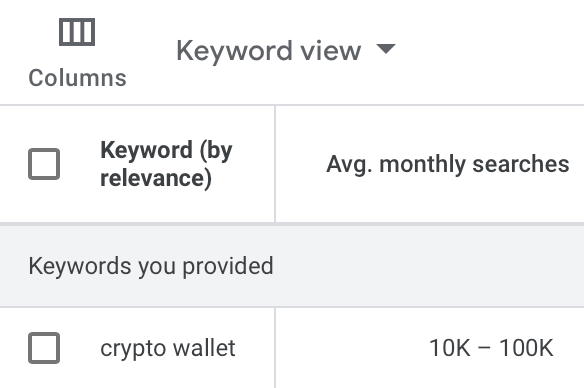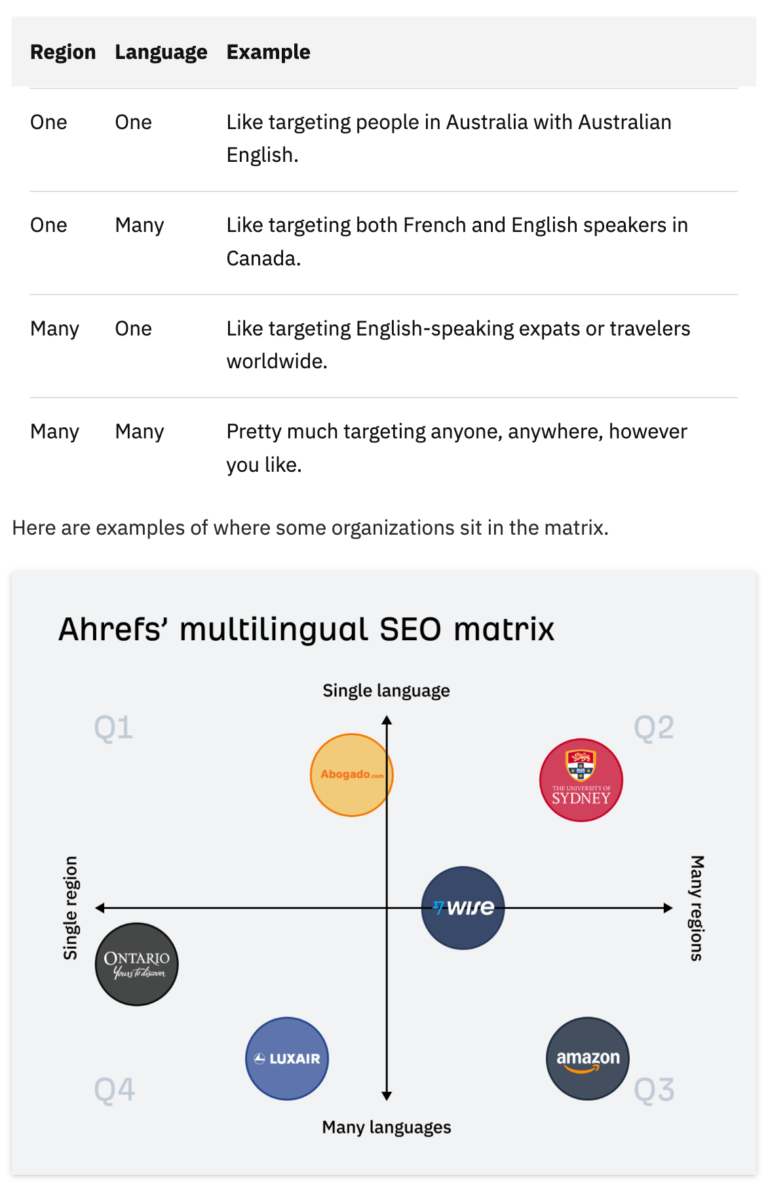Software as a Service (SaaS) tools are indispensable for modern businesses. They help streamline processes, enhance productivity, and enable scalability without the need for complex IT infrastructure. Here’s a list of the best SaaS tools to boost business growth, categorised by their functions, and a guide on how to work with them effectively.
1. Customer Relationship Management (CRM)
CRM tools help businesses manage customer interactions, track leads, and improve sales efficiency.
Best Tools:
- HubSpot CRM: A free, all-in-one CRM with marketing, sales, and service tools.
- Salesforce: A leading CRM platform with advanced customisation options.
- Zoho CRM: A cost-effective solution for small and medium businesses.
How to Work Them:
- Centralise Customer Data: Import customer contact information to the CRM for easy access.
- Automate Workflows: Set up email campaigns, lead scoring, and follow-ups to streamline sales processes.
- Analyse Metrics: Use dashboards to monitor KPIs like conversion rates and sales performance.
2. Marketing Automation
These tools automate repetitive marketing tasks and provide insights into campaign performance.
Best Tools:
- Mailchimp: A robust platform for email marketing and automation.
- Marketo: A powerful marketing tool for B2B businesses.
- ActiveCampaign: Combines email marketing, automation, and CRM.
How to Work Them:
- Create Email Campaigns: Design and schedule emails tailored to customer segments.
- Track Engagement: Use analytics to measure open rates, clicks, and conversions.
- Nurture Leads: Automate drip campaigns to guide leads through the sales funnel.
3. Project Management
SaaS project management tools help teams collaborate, track progress, and meet deadlines.
Best Tools:
- Asana: Organises tasks, projects, and workflows in an intuitive interface.
- Trello: Uses Kanban boards for visual project management.
- Monday.com: Offers advanced customisation for managing complex projects.
How to Work Them:
- Set Up Projects: Create boards or lists for different projects and tasks.
- Assign Roles: Delegate tasks to team members with deadlines and priorities.
- Monitor Progress: Use visual dashboards or timelines to track progress and identify bottlenecks.
4. Communication and Collaboration
These tools ensure seamless communication and collaboration, especially for remote teams.
Best Tools:
- Slack: A messaging platform with channels for team discussions and integrations.
- Microsoft Teams: Combines chat, video conferencing, and file sharing.
- Zoom: Popular for video meetings and webinars.
How to Work Them:
- Organise Channels: Create channels for different teams or projects.
- Integrate Tools: Connect with other SaaS tools like Google Drive or Trello.
- Host Meetings: Use video conferencing features for team discussions or client presentations.
5. E-Commerce Platforms
SaaS e-commerce platforms enable businesses to sell products and manage online stores efficiently.
Best Tools:
- Shopify: A comprehensive platform for setting up and managing online stores.
- BigCommerce: Ideal for scaling large online stores.
- WooCommerce: A WordPress plugin for customisable e-commerce solutions.
How to Work Them:
- Set Up Your Store: Choose a template, add products, and configure payment options.
- Optimise for SEO: Use built-in tools to optimise product pages for search engines.
- Track Sales: Monitor sales performance and customer behaviour through analytics.
6. Accounting and Finance
These tools simplify bookkeeping, invoicing, and financial management.
Best Tools:
- QuickBooks Online: A leading tool for accounting and payroll.
- Xero: A cloud-based accounting software for small businesses.
- FreshBooks: Ideal for freelancers and service-based businesses.
How to Work Them:
- Automate Invoices: Set up recurring invoices for regular clients.
- Track Expenses: Link bank accounts to categorise expenses automatically.
- Generate Reports: Use reporting features to monitor cash flow, profits, and taxes.
7. Analytics and Business Intelligence
Analytics tools provide actionable insights to drive data-informed decisions.
Best Tools:
- Google Analytics: Tracks website traffic, user behaviour, and conversions.
- Tableau: Visualises complex data for better decision-making.
- Mixpanel: Focuses on product and user analytics.
How to Work Them:
- Set Up Tracking: Install tracking codes or integrate APIs to collect data.
- Build Dashboards: Create visualisations to display key metrics.
- Analyse Trends: Identify patterns in user behaviour to optimise performance.
8. Human Resources and Recruitment
HR SaaS tools streamline recruitment, employee management, and payroll.
Best Tools:
- BambooHR: Simplifies HR processes like onboarding and performance tracking.
- Workday: A comprehensive solution for workforce management.
- Gusto: Combines payroll, benefits, and HR in one platform.
How to Work Them:
- Automate Hiring: Post job listings and track applicants through the hiring pipeline.
- Manage Employee Data: Centralise employee information for easy access.
- Streamline Payroll: Automate salary disbursements and benefits calculations.
9. Customer Support
SaaS tools for customer support ensure quick responses and efficient ticket management.
Best Tools:
- Zendesk: A versatile tool for managing customer inquiries.
- Freshdesk: Offers multi-channel support and automation features.
- Intercom: Combines live chat, chatbots, and customer messaging.
How to Work Them:
- Set Up Ticketing: Automate ticket creation and prioritisation based on customer queries.
- Enable Chatbots: Use bots to provide instant responses for common issues.
- Monitor Performance: Track response times and customer satisfaction metrics.
10. File Storage and Collaboration
These tools offer secure file storage and seamless collaboration.
Best Tools:
- Google Drive: Cloud storage with document editing and sharing capabilities.
- Dropbox: Focuses on file sharing and collaboration.
- OneDrive: Microsoft’s solution for cloud-based file management.
How to Work Them:
- Store Files Securely: Upload and organise files into shared folders.
- Collaborate in Real Time: Use editing tools to work on documents simultaneously with team members.
- Manage Permissions: Control access levels for different users.
Tips for Effectively Using SaaS Tools
-
Integrate Your Tools:
- Use platforms like Zapier or Integromat to connect different SaaS tools and automate workflows.
-
Train Your Team:
- Provide training sessions to ensure your team understands how to use these tools effectively.
-
Monitor ROI:
- Regularly assess the impact of each tool on your business goals to ensure you’re getting value for money.
-
Stay Updated:
- Keep track of new features and updates to maximise the potential of your SaaS tools.
Conclusion
SaaS tools are indispensable for businesses aiming to grow efficiently in a digital-first world. Whether it’s managing customer relationships, optimising marketing efforts, or streamlining operations, these tools can significantly enhance your capabilities. By selecting the right tools for your needs and using them effectively, you can create a robust ecosystem that drives growth and success.






